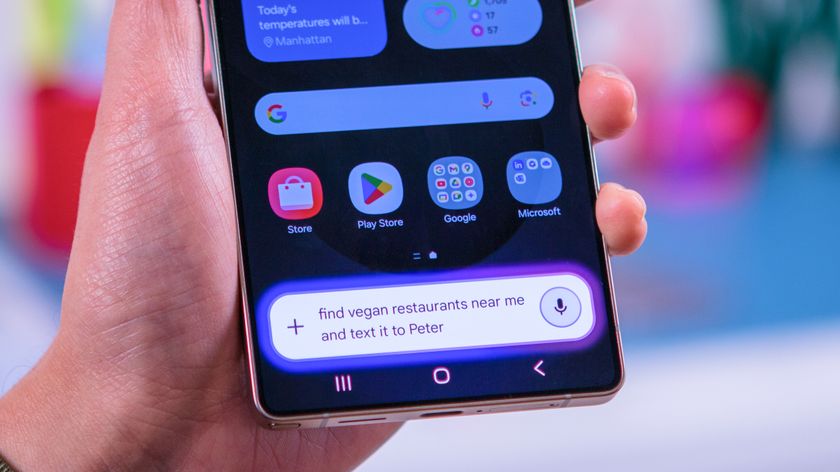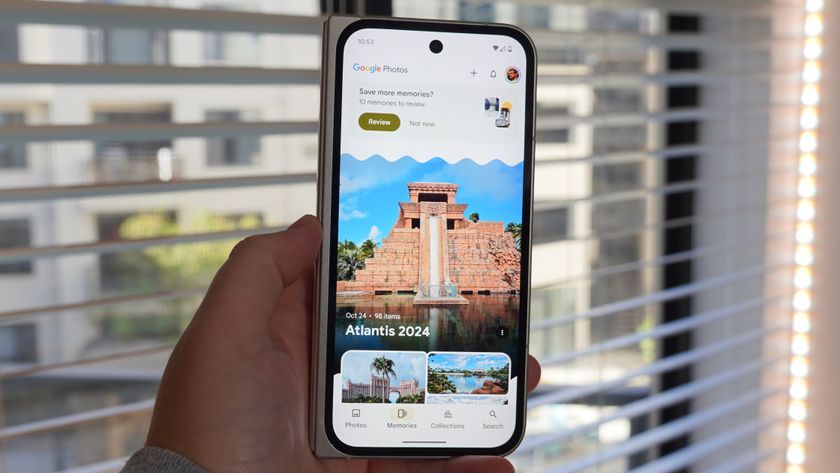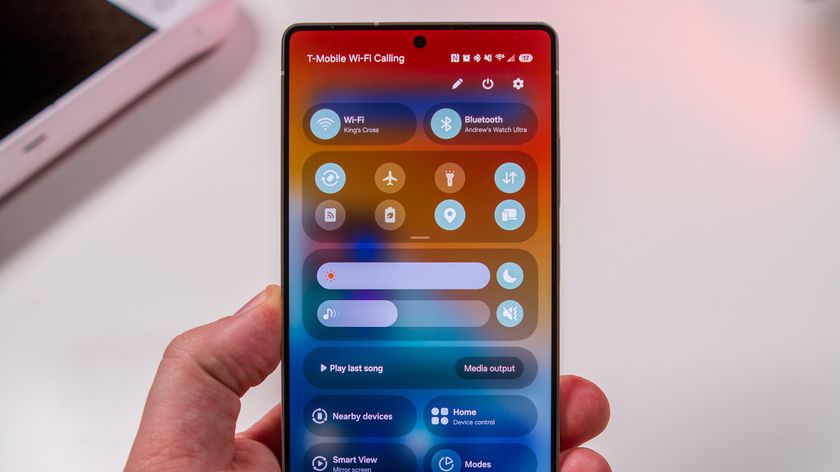Phone Wars: In the fight for the cloud, who wins? - Talk Mobile
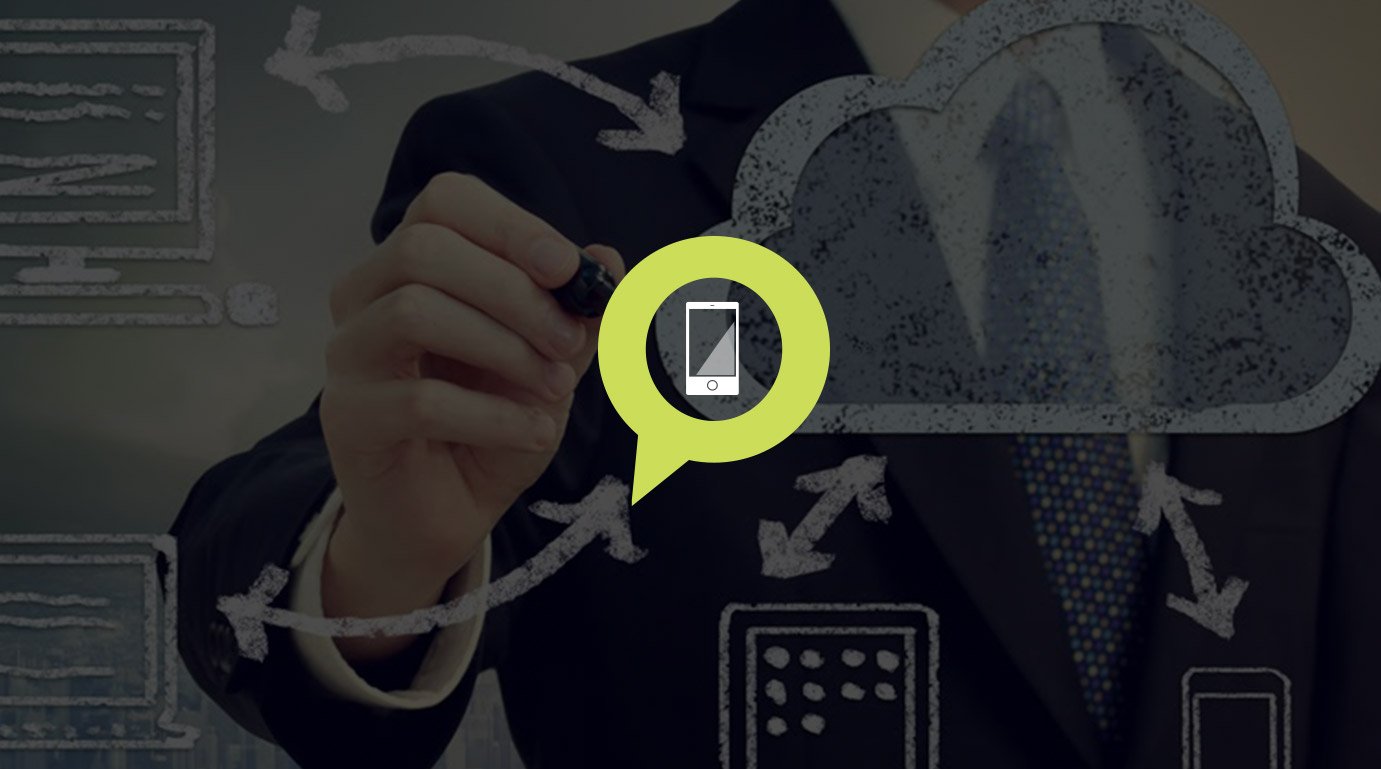
Presented by Blackberry
Talk Mobile Platforms
If your head's not up in the clouds, where is it?
You have the ultimate device with the ultimate software. There's just one thing missing: something to which you'll connect once you get to that great wide information superhighway. We need services.
On a base level, a service is pretty much anything that feeds content to an application. That can be as simple as a Google log-in on a third party site, or as complex as a continuous client that's kept in sync across multiple devices in real time.
Where hardware makes things go and software makes things happen, by and large today the services are becoming the 'things' that need to go and happen. Services pipe our data to and from a server somewhere, something we're calling the cloud, as if bytes are raining down in a digital rain shower.
But does it have to be this way? Are these fancy smartphones and tablets really just portals to content that's being fetched from a server farm? Are there core services that every platform needs to support? And is there a place in our lives for the old USB sync cable?
Be an expert in 5 minutes
Get the latest news from Android Central, your trusted companion in the world of Android
Let's get the conversation started!
Daniel Rubino Kevin Michaluk PhilNickinson Rene Ritchie




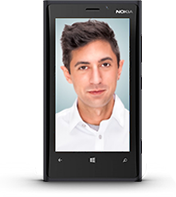
Cloud Services
Cloud Services
- Important clouds
- Video: Marcus Adolfsson
- Necessary clouds
- Building clouds
- Video: Dieter Bohn
- Syncing clouds
- Conclusion
- Comments
- To top
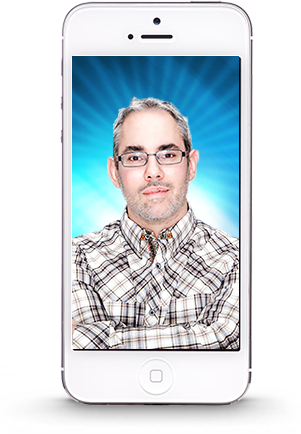
Rene Ritchie iMore
Cloud services are table stakes today
When the iPhone launched with a fairly full-featured WebKit-based browser in Safari, it was big news. Bigger news was the pipe behind it. Mobile apps, even before the App Store, suddenly went from local to cloud-powered, though we didn't call them that at the time. Similar to Dashboard on the Mac, and widgets on Linux, the iOS Weather and Stocks apps served mainly as thin native wrappers for web-based data. They were and are web apps. Apple's first, oft-ridiculed developer platform was sweet, sweet "web 2.0" apps. It didn't really work back then, but it set the foundation.
The idea of a disconnected mobile device is ludicrous today.
AJAX (Asynchronous JavaScript and XML) became Google's playground for products like Maps and Gmail. Microsoft bought Hotmail (originally HoTMaiL -- see the HTML?) and later upgraded it to Windows Live. Apple went from iTools to .Mac to MobileMe to iCloud. BlackBerry's NOC (Network Operations Center) allowed for BBM (BlackBerry Messenger) and BES (BlackBerry Enterprise Server), and all of it continued to evolve.
And now the idea of a disconnected mobile device is ludicrous. We can't even bear to be in airplane mode for the short time it takes for an aircraft to take off or land. We're complete and utter online junkies. And it's all because services have become table stakes.
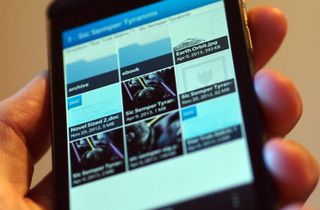
A drop box on the information superhighway
In 2007, Drew Houston and Arash Ferdowsi founded Dropbox with seed funding from venture capital firm Y Combinator. Houston claims to have conceived of Dropbox while a student at MIT after repeatedly forgetting his USB flash drive and growing dissatisfied with existing cloud-based file synchronization services.
Dropbox essentially works as a 'folder in the cloud', allowing users to synchronize multiple folders on their devices. If a file is changed on one device, a copy is uploaded to Dropbox and then pushed down to the other connected devices. Dropbox also allows users to share folders and files.
Since Dropbox's launch in 2008, the service has accumulated more than 100 million users and, as of February 2013, accounted for 0.29% of global internet traffic.
Every platform today needs to provide email support out of the box, along with calendaring and contacts. Backup is equally important, as is restore and sync and an app storefront. Even mapping has become critical enough to cause major headlines when it falters.
Partnerships have and perhaps will continue to cover part of this, but increasingly each platform wants to control and shape their own destiny, and let's face it -- lock in their users. That means first party services. These services are something that Google was born to do, and something that everything everyone else has been struggling to adapt to.
The cloud has become key to everything we do now, from personal data to social services to recreation. And that's why services are table stakes now, every bit as much as software and hardware.

For my mom, I think she's excited just to get email to work effortlessly.
- Marcus Adolfsson / Founder and CEO, Mobile Nations
Q:
Who builds the best cloud services?
313 comments


Kevin Michaluk CrackBerry
The modern smartphone has to live in the cloud
We live in a connected world and it's our devices that plug us into our connected lives. Gone are the days when you bought a PDA, put it into your pocket, and the only clouds you had to worry about were the ones in the sky overhead.
Like Rene said, services are table stakes now, and every platform needs to provide a key set of features out of the box. But which features do they need to provide? What do customers expect out-of-the-box?
Personal information management, the basics of email, calendars, contacts, and notes/memos are a given. BlackBerry was built on them, Android has Gmail, Microsoft has Hotmail, Live, Exchange, Outlook, and probably a dozen others I've forgotten, and Apple has iCloud, which replaced MobileMe (thankfully). Application stores also necessary, providing a conduit for easily and seamlessly getting new apps onto the device.
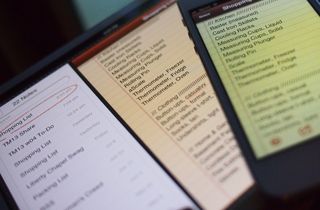
From iTools to iCloud
In 2000, Apple announced iTools, a suite of software and services for Mac users. iTools users got an @mac.com email address, iCards for free greeting cards, reviews of websites through iReview (and KidSafe for kid-friendly ones), HomePage for web publishing, and online storage with iDisk.
The service was retooled in 2002 as .Mac. HomePage, iDisk, iCards, and @mac.com emails were updated, with iDisk receiving online backup support. 2006 saw an update that brought a .Mac mail web interface and the next year saw remote desktop linkups with Back to My Mac.
.Mac was replaced in 2008 by MobileMe. The new cloud service wiped out several .Mac features and suffered from stability issues at launch. MobileMe was a frustrating blunder for Apple, with Jobs declaring that "it was a mistake" to launch it at the same time as iPhone OS 2.0 and the App Store.
In 2011, Apple again overhauled their web services with iCloud. iCloud provides support for @me.com email address, 5GB of cloud service (with the option to pay for more), and synchronizes photos, memos, calendars, messages, and more across the full range of Apple devices.
Backup and restore is also tremendously important. Some of us have multiple devices and accounts, and setting them up can be extremely time consuming. Logging in and getting all your stuff from the cloud is the only way to go. And for regular people, the kind who just have one phone, being able to upgrade or replace a lost, stolen, or broken phone almost immediately is just as invaluable.
Speaking of which, loss/theft recovery, the kind that can locate a missing phone, remotely wipe it, and otherwise keep your data safe is incredibly important now, because our phones contain so much of our data.
Because social networks evolved after the major smartphone platforms, all the biggest social networks exist in their own siloes. That means the platforms have to provide really good, really deep integration into Facebook, Twitter, LinkedIn, etc. so that we can get all the benefits social offers. The same holds true for third-party services like Dropbox and Evernote.
We live in the age of services.
There are other things as well, like integrated media and app stores, so we can load up our devices with great software and entertainment. That lets platform owners, developers, and content creators make more money, but it also lets us get even more value out of our phones.
The list will no doubt grow and change over time, as old services fall into disuse and new ones are created, but the bottom line will remain the same. We live in the age of services, and every major platform has to provide every major type of service to us, their users.
Q:
What cloud services should platforms provide that they aren't today?
313 comments

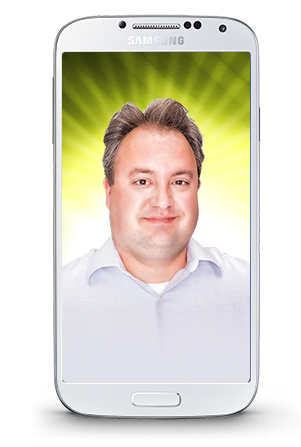
Phil Nickinson Android Central
Catching clouds isn't as easy as it might sound
Everything is "in the cloud" these days. Think of the top five things you do on your smartphone or tablet, and there's pretty good chance each one of them is somehow "in the cloud." E-mail? Should be cloud-based (you're really too old to be using POP, folks). Love Instagram? Guess where it lives. I've been to the Facebook offices, but it's not like there are actual walls where where we're all posting our pictures and updates, waited to be transformed onto a web page. Your calendar? In the cloud.
"In the cloud" has morphed into a basic term for "the Internet," and that's OK. To the end user, they're synonymous.
"In the cloud" has morphed into a basic term for "the Internet".
There's still a surprising number of companies that are utterly failing at the Internet though. It's almost a cliche, but so many restaurants fail to have a basic, usable website. Never mind more "advanced" functionality like menus and, moving to the cloud, reservation systems. Let's start with location and operating hours and work from there, perhaps. If basic websites are apparently so difficult, how hard must cloud services be?
But at this point, if you -- and that goes for individuals as well as companies -- are not syncing some sort of user data via "the cloud," you're probably doing it wrong.
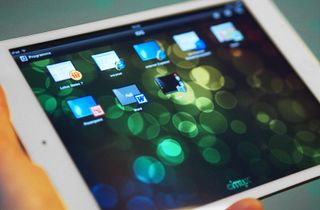
A window into your Windows
Founded in 1989, well before the utility of the internet would be fully understood, Citrix exists today as a leading cloud corporate virtualization firm. Citrix has had a long and fruitful with Windows maker Microsoft, dating back to the company's founding and IBM's OS/2 system.
Citrix in 1995 shipped a version of Windows NT 3.5 called WinFrame that allowed for multiple simultaneous users and remote access, dubbing it WinFrame. Microsoft threatened during the development of Windows NT 4 to build their own version of WinFrame, but negotiations eventually resulted in Microsoft instead licensing Citrix's technology for NT. Citrix released MetaFrame, allowing for server-based application hosting.
In 2009, Microsoft and Citrix furthered their partnership, with Citrix leveraging the Microsoft Application Virtualization platform to enable their Citrix Receiver apps. Users of Receiver can remotely access Windows machines their mobile devices, including iOS and Android.
The good news is that the big companies are making it easier than ever to leverage the cloud. Single sign-in systems are a hot topic, and rightfully so. One place to store your online credentials. On the micro scale, the Mobile Nations Passport is an example of that. With a Passport login, you can participate in any of our sites. And we've tied it into the other major services -- Google+ login, Facebook, Twitter and Microsoft. That's one business using the power of much larger cloud services.
Another example comes with traditional data sync. Dropbox gives you a virtual file system, and apps like 1Password use it to sync across traditional desktop and mobile spaces. Or other apps use Dropbox's cloud space for the simple act of syncing bookmarks and favorites.
There are more tools than ever available to hook into "the cloud." You just have to do it.

The problem with services is, do you trust these companies to have your data and do the right thing with your data?
- Dieter Bohn / Senior Mobile Editor, The Verge
Q:
Talk Mobile Survey: The state of mobile platforms
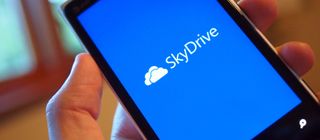
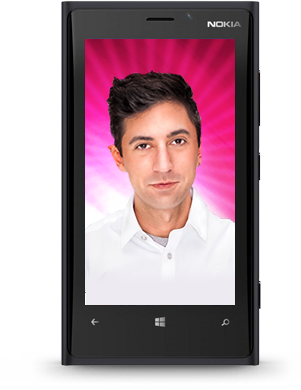
Daniel Rubino Windows Phone Central
Cutting the sync cable
Physical syncing is dead, long live wireless. Sure, there will be holdouts, there will be those who have a unique and increasing minority "need" to sync and yes, the industry should allow syncing to continue for the foreseeable future with a cable. But the end is nigh, my friends.
This end is nigh not just for the physical sync cable, but for the concept of regularly 'syncing' to begin with. The omnipresent nature of the cloud and our continuously connected devices are ensuring that. Today, the closest most users come to an actual sync is when they first set up a device and have to download all of their apps, data, and media. Apart from that, everything is done piecemeal, in the background, as and when it's needed.
With NFC becoming nearly ubiquitous and wireless charging growing more commonplace, and what seems like the blanketing of the globe with Wi-Fi, and cellular signal there's little reason not to embrace the great wireless carefree world of continuous cloud synchronization.

Google's many drives
In 2004, Google launched their Gmail email service with a then unprecedented 1GB of storage space (competitors like Microsoft's Hotmail offered just 4MB of space). That gigabyte of space was dedicated purely to Gmail, but that didn't stop enterprising programmers from building virtual file systems to take advantage of the free cloud storage.
It wasn't until 2012 that Google officially began to offer an official cloud storage system in the form of Google Drive. It duplicated many of the features of Dropbox (though increased the storage space to 15GB), including clients for desktop and mobile operating systems to synchronize files. Google Drive also integrated with Gmail and Google Docs for text, spreadsheet, and presentation editing, as well as Google+ for photo uploads.
When you have to plug in, it feels like a total throwback to the stone-age.
Indeed, once you stop syncing with a physical cable, on that rare occasion when you do have to plug in (e.g. developers, transferring exceedingly large media files, etc) it will feel so antediluvian, such a total throwback to the stone-age of technology (you know, like three years ago), that you will cringe at the procedure (and swear under breath as you try to figure out which way the USB cable is orientated, turn it over, and then turn it over again).
Yes, with cloud computing taking off and the increased availability of mobile broadband, syncing without a cable is becoming the new norm. USB syncing will still be around for a few more years, after all it doesn't really cost anything to keep it around, but it will slowly fade away like infra-red on mobile devices—that is, unless someone finds a reason to bring it back, much like that aforementioned IR.
But let's hope not.
Q:
Is there any reason to plug in to sync anymore?
313 comments

Conclusion
"The cloud" isn't some amorphous concept of computing that we'll maybe reach someday in the future. It's now. It is today. The internet is the cloud and the cloud is the internet. Services like Dropbox and iCloud and Google Drive promise to keep everything everywhere in sync without our having to lift a finger off our keyboards or screens.
Services are more than that. Our emails, contacts, and calendars are more and more becoming services. Our device manufacturers are providing services in app distribution and backup. Even social networks are getting more and more into the services game. Everything is a service.
The cloud forms the third leg of the mobile device stool, propping up the hardware and software with an ever-widening array of content and services. Without the cloud, we'd be back in the stone age. Or 2006.
Adoption of cloud services has enabled us to cut the sync cable and has given rise to a whole new breed of companies. Cloud services are what make the modern smartphone possible. But what's next?



